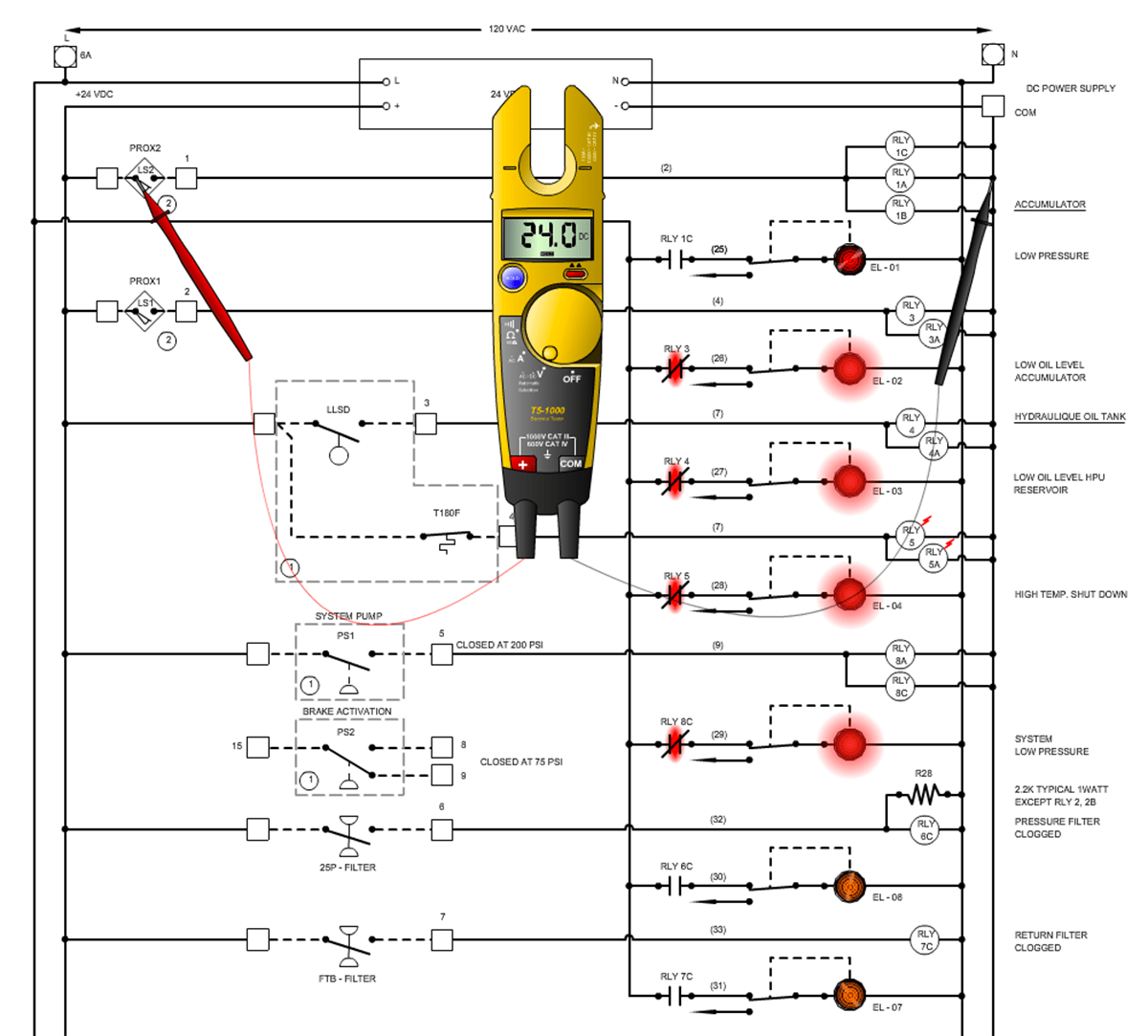Advanced technical support for electrical industry to drive success.
Advanced technical support for electrical industry to drive success.
Blog Article
Top Tips for Effective Electric System Troubleshooting
Fixing electric systems calls for a systematic approach, based in a thorough understanding of electric principles and security methods. The nuances of efficient troubleshooting extend past simple technical understanding; understanding just how to record findings and focus on safety can significantly influence outcomes.
Understand the Basics
Understanding the basics of electrical systems is crucial for efficient troubleshooting, as a solid foundation permits professionals to identify and fix issues much more successfully. An extensive grasp of electric concepts, such as voltage, current, resistance, and power, is vital in identifying the origin of troubles. Voltage is the electric prospective distinction that drives current via a circuit, while resistance opposes the circulation of present, influencing the total capability of the system.
Knowledge with circuit components, including resistors, capacitors, diodes, and changes, is additionally paramount. Each component plays a distinct duty in circuit behavior and can affect efficiency when malfunctioning. In addition, recognizing collection and parallel circuit configurations is essential, as these setups influence the distribution of voltage and present within the system.
Technicians have to be mindful of prospective hazards, such as shock and short circuits, to execute risk-free troubleshooting techniques. By understanding these foundational ideas, specialists boost their ability to conduct reliable diagnostics and repair work, eventually leading to boosted efficiency and reliability of electric systems (electrical system troubleshooting).
Gather Necessary Devices
Effective troubleshooting of electrical systems requires the appropriate collection of tools to diagnose and settle concerns precisely. Important tools include a multimeter, which gauges voltage, present, and resistance, permitting for accurate analyses of electrical parts.
Additionally, protected hand tools such as screwdrivers, pliers, and cable strippers are essential for securely adjusting electrical links. It is likewise recommended to have a circuit tester handy to verify the existence of voltage in electrical outlets and wires. For more facility systems, a thermal imaging camera can assist identify overheating components, suggesting possible failures.

Comply With an Organized Method
Having collected the appropriate tools, the next action in repairing electrical systems is to follow a systematic approach. A systematic approach makes certain that service technicians can determine faults successfully and properly, reducing downtime and avoiding unneeded repair work.
Begin by examining the system's schematic representations and specs. Comprehending the design and operational criteria will give context for identifying concerns. Next off, separate the trouble location by making use of a procedure of elimination. This entails monitoring each component methodically, beginning with the power resource and working towards the lots.
Use testing devices, such as multimeters and oscilloscopes, to gather unbiased data regarding voltage, current, and resistance at numerous points within the system. This empirical proof will lead your troubleshooting efforts and assist to confirm Find Out More or get rid of possible reasons of failure.
Additionally, consider ecological factors that might influence the system's performance, such as temperature changes or moisture access. A thorough evaluation of wiring, connections, and parts will certainly guarantee that all opportunities are accounted for.
Paper Your Searchings For
Detailed documents is important in the troubleshooting procedure of electrical systems. This method not just Your Domain Name aids in comprehending the root reason of the issue yet likewise serves as a recommendation for future repairing initiatives.

In addition, preserving a log of parts changed or repair services done is vital. This info supports supply monitoring and can help analyze the longevity and integrity of certain components.
Inevitably, the paperwork procedure ought to be thorough yet succinct, allowing easy retrieval and evaluation - electrical system troubleshooting. By prioritizing thorough paperwork, service technicians can develop an important data base that not just aids in present troubleshooting but likewise empowers future upkeep efforts, consequently improving general system reliability

Prioritize Precaution
Acknowledging the intrinsic dangers related to electrical systems is essential for making sure safety during troubleshooting. Electric shock, burns, and equipment damage are simply a few of the potential risks that professionals face. Prioritizing precaution is not only a legal responsibility however additionally a moral vital that safeguards both the professional and the surrounding environment.
Before starting any troubleshooting job, specialists must wear suitable individual safety equipment (PPE), including protected gloves, shatterproof glass, and flame-resistant clothing. Guaranteeing that the workspace is dry and without clutter can substantially minimize the danger of mishaps. In addition, it is necessary to de-energize circuits before beginning any work, verifying that they are not live through the use of a multimeter or voltage tester.
Developing clear interaction procedures with employee is also vital; this ensures that everyone recognizes prospective risks and the status of the electrical system being dealt with. Having an emergency situation feedback strategy in location can show important in the event of an event. By focusing on precaution, technicians can properly alleviate dangers and promote a safer office.
Final Thought
Effective electric system fixing depends on a detailed understanding of essential concepts and a her comment is here methodical approach. By collecting important tools, sticking to methodical assessment techniques, and thoroughly documenting searchings for, the troubleshooting procedure ends up being more effective and dependable. Focusing on security measures makes sure the well-being of individuals entailed and the integrity of the electrical system. Carrying out these strategies will improve the repairing experience, leading to quicker resolutions and enhanced functional efficiency in electric systems.
Report this page